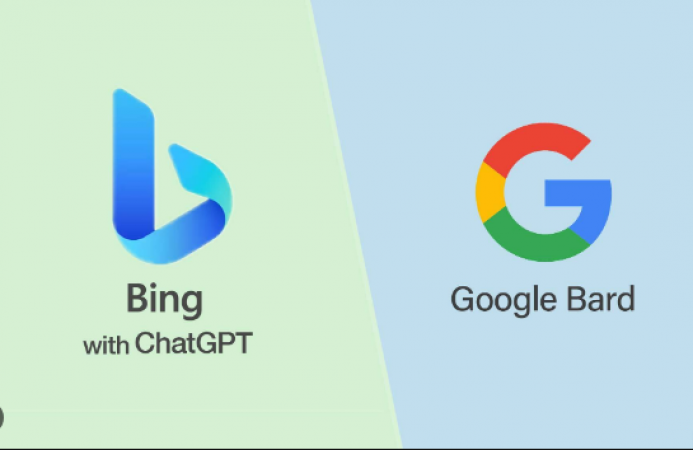
USA: In February of this year, Google unveiled Bard, its response to OpenAI's popular chatbot ChatGPT. As the chatbot incorrectly answered a question in Bard's promotional video, anticipation gave way to disappointment.
The unsuccessful demo reduced Google parent Alphabet's valuation by $100 billion and raised awareness of Google's inability to compete with the OpenAI-Microsoft team.
Google dominated artificial intelligence (AI) for many years. To demonstrate its AI advancements, the company was apprehensive about releasing a user-facing application. Google's hesitation provided a chance for OpenAI. The sudden success of ChatGPT made Google uncomfortable. Bard was hastily released as a result of this, which damaged the tech company's reputation.
Google slowed down with Bard in response to the unsuccessful demo. Later that month, the business began testing the chatbot internally. Sundar Pichai, CEO of Google, asked staff to work on Bard for two to four hours. The business then forwarded a thorough list of guidelines for using the chatbot during testing. Limited public testing was made possible by the internal testing.
Also Read: New York City the worst air quality in the world
Google made the chatbot available to a small number of users in the US and the UK about a month after it began Bard's internal testing. The company's cautious approach to releasing Bard to the public demonstrated its concern about making a mistake once more. The results of the public testing did not match what Google had anticipated because many people found the chatbot to be inferior to Microsoft's Bing and Chatgpt
The LaMDA (Language Model for Dialogue Applications) LLM previously powered Google Bard. The business made the decision to modify Bard's engine after consistently losing to its competitors. The business unveiled its new, more potent LLM, known as PaLM 2 (Pathways Language Model 2), at Google I/O this year. PaLM 2 became the new engine powering Bard as a result.
Also Read: Pentagon has condemned new laws that restrict LGBTQ activism in several states
Google unveiled some new Bard updates at the I/O. The most important of these was the incorporation of third-party plugins and other Google products into Bard. Bard was given more abilities as a result of this. The business also mentioned integrating Adobe Firefly into Bard so that the chatbot could also generate images. But it hasn't yet been made available. For image prompting, the same holds true.
Also Read: Israeli forces launch a rare raid into the Palestinian city of Ramallah, which leads to clashes
Bard's biggest areas of weakness have been coding and mathematics. Bard now performs better on mathematical problems, coding inquiries, and string manipulation thanks to a recent update from the company. The chatbot can recognise computational prompts and execute code in the background using a method known as "implicit code execution." This will increase Bard's usefulness even more.